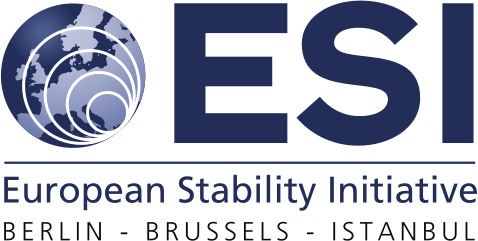Corruption is often mentioned as one of the biggest problems in the Balkans. Yet, hard data on its pervasiveness and nature are scarce. In order to successfully address it, we need deeper analysis and less prejudice. The European Commission has developed a sound methodology to assess corruption, which led in 2014 to the first EU Anti-Corruption Report. It should use this methodology to produce Western Balkans Anti-Corruption reports every two years.
ESI discussion paper: Measuring corruption – The case for deep analysis and a simple proposal (19 March 2015)
How corrupt are the Western Balkans? And how can we objectively assess progress? Efforts to answer these questions usually rely on rankings based on perceptions. The most widely cited corruption ranking is the annual Transparency International Corruption Perceptions Index (CPI), which draws on a dozen different data sources and surveys based on perception. In 2020, out of a total of 180 countries it put the Western Balkans between rank 67 (Montenegro) and rank 111 (North Macedonia and Bosnia and Herzegovina). So can we confidently claim that North Macedonia is considerably more corrupt than Montenegro?
No, as the rankings measure the perception of corruption and not corruption as such. The problem becomes clear when one looks closer at Transparency International’s own public opinion survey on corruption, the Global Corruption Barometer, which is also based on perception. In 2013, for example, more Germans than Kosovars perceived their media as “corrupt” or “extremely corrupt”. The same was true regarding the military, religious bodies, NGOs, businesses, public officials and civil servants.
Perceptions can indicate problems. But they are dangerous and misleading when they are not qualified by other sources of information. Perceptions are not a good basis for plans of action. What is needed is deeper analysis of what exactly is wrong and a credible tool to track performance.
From 2011 to 2014 the European Commision engaged a team of specialists from all over Europe to develop a comprehensive methodology to measure actual corruption. In February 2014, it published a Special Eurobarometer on corruption covering all 28 EU member states and a Flash Eurobarometer on business attitudes towards corruption in the EU. These surveys, based on polling 1,000 individuals and 300 companies in each EU country, became the key input into the 2014 EU Anti-Corruption Report.
The report showed significant differences between perception and actual experience of corruption in several EU member states. It measured experiences of corruption in different sectors such as health care, construction and tax administration. It exposed concrete problems and provided policy advice to EU member states. Some found the results of the report so disturbing that they made sure there would never be a second report.
The Western Balkans would strongly benefit from such reports, to be published every two years. They would examine the dimensions of the problem in various sectors, help target anti-corruption policies and measure progress over time.
In December 2017 North Macedonia’s prime minister Zoran Zaev already asked in Brussels for such reportsfor his country:
"Macedonia would like to be subjected to the in-depth methodology for measuring corruption developed by Commissioner Malmstrom for use within the EU. We are not afraid to be assessed objectively, and if this helps produce as little corruption in Macedonia as in Scandinavia everyone wins – the citizens above all."
What is needed in discussions of corruption in the Balkans is depth, not shallowness, and statements based on serious analysis, not on preconceptions. The European Commission has the tool to ensure this. It only has to use it. If corruption is a serious problem, its assessment should be as well.
